Why we should build for wildlife as well as people
From green roofs to bee bricks and hedgehog drawers, there are plenty of ways to make sterile buildings more accommodating to nature.

Every time we build something, another patch of ground that could have been a home to wildlife disappears. But Dusty Gedge argues that, in many cases, we can return that patch of ground to nature – up on the roof.
Gedge, president of the European Federation of Green Roof and Living Wall Associations, is a long-time advocate of carpeting flat roofs with soil, mosses, plants and even ponds. Some studies have suggested that green roofs on taller buildings might be exposed to too much wind or solar radiation for some species. When I ask Gedge what he makes of this, he says, “I just want to scream.”
Instead, he describes a plethora of cases that reveal just how biodiverse green roofs can be. He's witnessed birds flying to high-rise roofs, populations of rare butterflies dancing around flowers, orchids blossoming, and insects scurrying around, including grasshoppers.
These visions of wildlife atop city buildings aren't just picturesque, they're often hailed as one solution to the world's rapid loss of nature. A 2007 study led by cultural botanist Erica Oberndorfer at Saint Mary's University, Halifax in Canada, noted that green roofs can provide habitats for various species, reduce heavy run-off of storm water from buildings and even help to cool interiors.
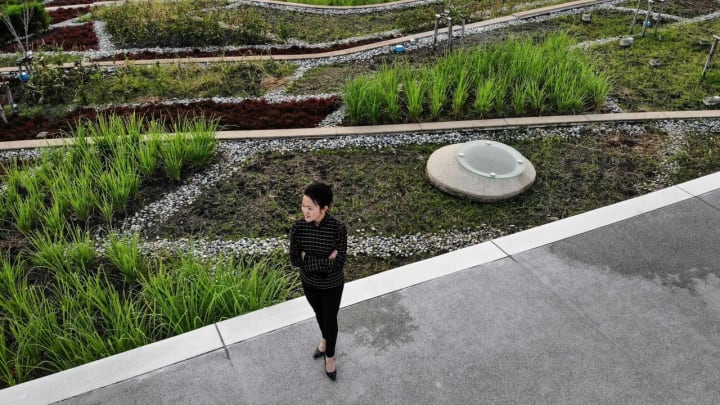
Part of the problem is that human civilisation, so dependent on built infrastructure, has colonised swathes of land once home to wildlife. While just 1% of the planet's habitable land is towns, cities and urban infrastructure, the UN expects the square footage of all the buildings in the world to double by 2060. Some of that floor area will go into multi-storey buildings but some will be provided by ever-expanding urban sprawl, which will leave even less space for wildlife.
Our buildings need not present an unmitigated threat to nature – they could instead accommodate plants and animals. The surface area, particularly of large, inner-city buildings, is significant. What if wildlife could live there, on our roofs and in our walls? It might go some way to redressing the balance.
Gedge says that a habitat area particularly at risk in places such as the UK is dry grassland. This can, however, be adequately simulated on rooftops, he points out. Wildflowers, grasses and sedum attract insects and birds, even several storeys up. Green roofs, also known as living roofs, can be peppered with decaying wood, where insects thrive, and constructed in an undulating topography with nooks and crannies or sandy mounds that suit burrowing species such as solitary bees.
Gedge is also a fan of nest boxes for swifts, birds that migrate from Africa to the UK and other parts of Europe, where they hatch and rear their young in the summer. But because modern housing is so well sealed, without so many nooks and crannies, these birds and others like them often find it harder to make their nests beneath the eaves.

"It's very, very sad to see the decline of swifts all over the UK and most of it is because people have tidied up their houses and swifts can't get into them," says Gedge.
One solution is to fit artificial swift nests or boxes to walls, or bricks with holes in them so that swifts can access nesting areas enclosed in an attic – new builds for birds. Studies have shown that swifts often take to these nesting sites with fervour – including after they are installed on buildings during renovations.
There are many interventions in a similar vein, which welcome wildlife in to the fabric of buildings. Take bee bricks, for instance. They are full of little holes that allow bees to nest in them. And some people install bat boxes, which may be specially designed to support local species.
Sue Young at The Wildlife Trusts says that smaller mitigations such as bird and bat boxes must be supported by nearby landscaping that provides food for insects, birds and other species.
"It's no good having features just in the built development, putting up a bee brick in every house, if there's nothing else," she says. "Wildlife needs homes but it also needs to eat as well."
In England, some new developments are meant to show a net gain for biodiversity under the terms of a new bill that could soon be made law (though researchers such as Katherine Willis, who leads the Long-Term Ecology Lab at the University of Oxford, have questioned the way the bill proposes measuring biodiversity gain).
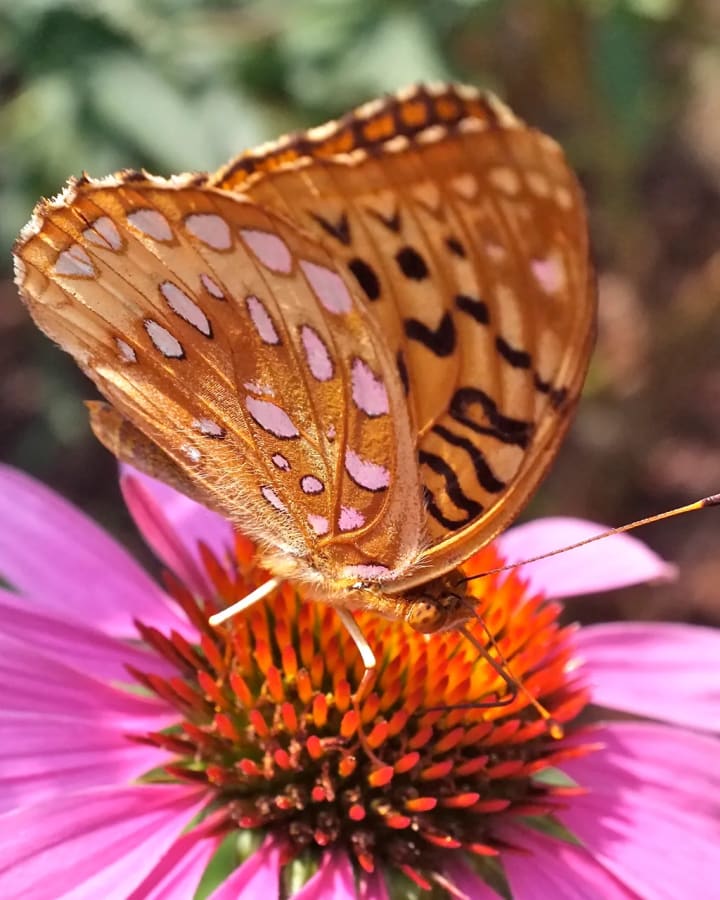
Justin Crane, a partner at architecture firm CambridgeSeven in the US says that he and his colleagues often think about making sure wildlife has enough resources to thrive when they plan new building projects. Among the examples already in their portfolio is the renovated harbour walk in Gloucester, Massachusetts, which features specially designed butterfly gardens.
"The plantings that are around those landscapes or those buildings are chosen for the birds that follow migratory paths, to support the bugs those birds eat," he says.
This could be described as an example of "biophilic design", in which buildings and even interiors strike a better balance between people and nature.
Crane says that sometimes people are unaware of just how much wildlife is present in the landscape around us. Outside of work, he occasionally counts fish passing along a river for a local watershed association, which works to improve water quality. Thanks to a box placed in the river through which the fish dart, he is able to clearly see how many travel through in a short time. "You can see 600 fish within 10 minutes," he says.
And so, whenever we build something, he adds, it's our responsibility to accommodate wildlife that would be displaced otherwise.
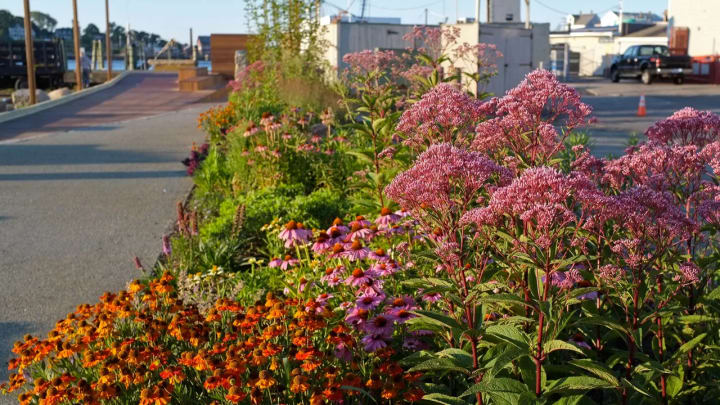
Those with similar views are now working to influence the world of architecture. Wolfgang Weisser at the Technical University of Munich co-runs a consultancy called Studio Animal-Aided Design, which seeks to improve the biodiversity credentials of proposed buildings.
The approach used by the firm, which is still a work in progress, involves engaging the owners, residents or users of a planned building in a discussion about which local species they would like to support in and around the property once it is constructed.
One project that Weisser and his colleagues worked on, now completed, is an apartment complex in Munich. There, the investor behind the building agreed to interventions such as woodpecker and bat boxes, a roof covered in plants and what Weisser calls "hedgehog drawers" – small wooden boxes in which the spiny mammals can rest or hibernate. The drawers slide out of the exterior wall for occasional maintenance.
"The basic idea is to make the animal a stakeholder in the building process," explains Weisser.
Studio Animal-Aided Design is now working on more building plans with additional interventions for wild species, which could help them thrive alongside humans.
Among the benefits of this could be more balanced ecosystems. Crane points out that having bats nest in your house or apartment building can be quite beneficial for people – because a whole colony of bats can do a good job of keeping mosquitos at bay on summer evenings.
"If people know how important it is to help nature, and how important nature is to us, we generally find that people are very keen to do something to be able to help," says The Wildlife Trusts' Sue Young.
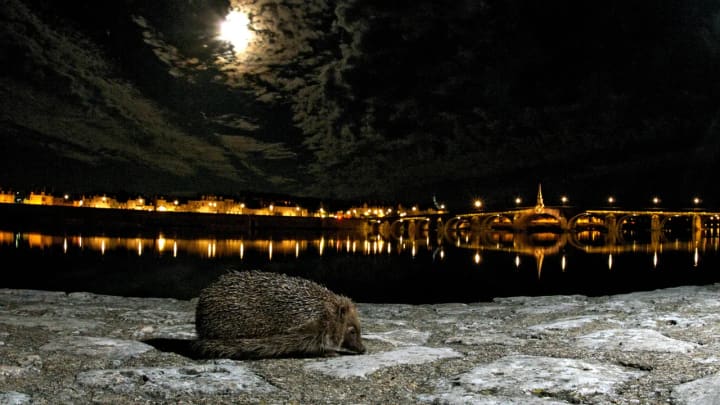
Becoming aware of effects like this – called ecosystem services – may lead to a deeper appreciation of how we humans, despite living in relatively sterile boxes ourselves, still depend on a certain equilibrium in nature around us. That said, there is some evidence to suggest that quantifying the value of wildlife in this way might actually function as a turn-off. A 2018 study led by interdisciplinary conservation scientist Sarah Bekessy of RMIT University in Australia indicated that focusing on nature's positive aesthetic or cultural aspects, for example, could be more effective at engaging people in conservation.
Justin Bere, an architect and founder of bere:architects, has long considered the value of residing close to nature, even in the heart of a city. He lives in a house he designed in London. The exterior and roofs are decked out with plants, wildflowers and trees.
The garden even includes a small hazel coppice where Bere has often watched birds nesting. There, in the middle of what could be called a green island, he says the chicks are safe from local cats and magpies that might otherwise prey on them in more exposed places.
Reflecting on the experience of watching wildlife through his window he says, "You realise how much complexity there is in nature."
By making our buildings just a little more accommodating to this complexity, we could reap ecological rewards as well as personal ones. It will take more than carpeting roofs and walls with plants to stop the biodiversity crisis – but it could be a stimulating start.
About the Creator
Holy horse
There is no one who does not know the name America, the country that is on the Internet in movies and television as if it were made up by God out of thin air.




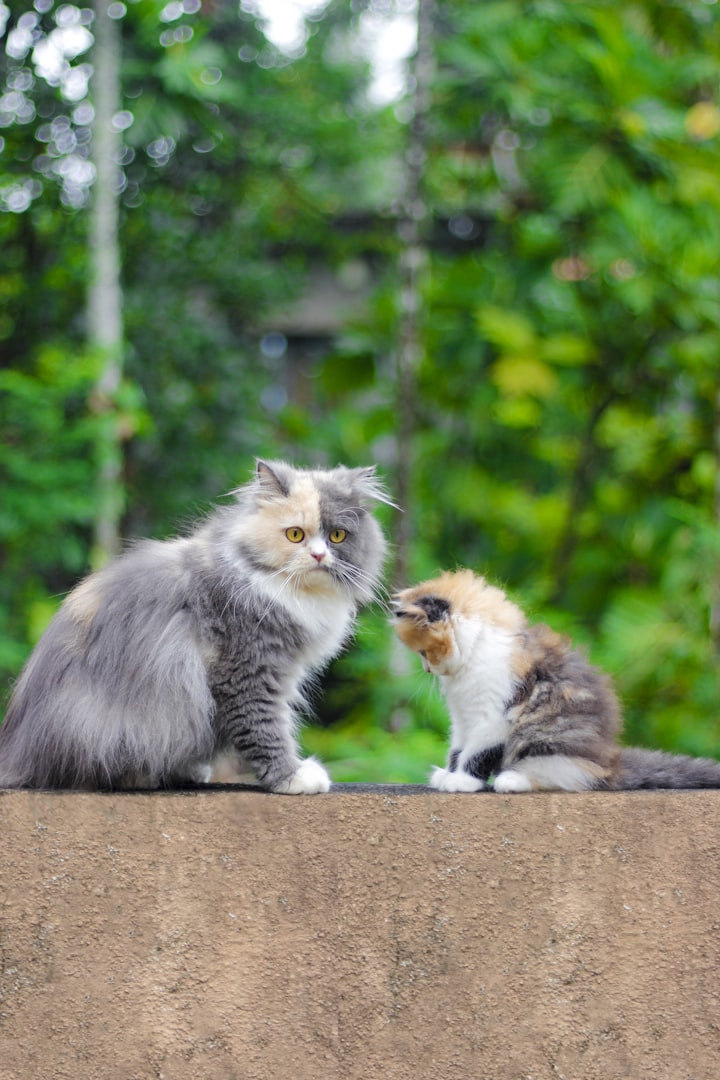

Comments
There are no comments for this story
Be the first to respond and start the conversation.